PhD in @noonanlab.bsky.social
Gene regulation, genomics, chromatin, evolution

www.cell.com/cell-genomic...

www.cell.com/cell-genomic...
Together with Christine Moene @cmoene.bsky.social, we explored what happens when you scramble the genome—revealing how Sox2’s position shapes enhancer activation.
📖 Read the full story here: www.science.org/doi/10.1126/...

Together with Christine Moene @cmoene.bsky.social, we explored what happens when you scramble the genome—revealing how Sox2’s position shapes enhancer activation.
📖 Read the full story here: www.science.org/doi/10.1126/...
The main story of my PhD deals with exactly that question, and is now published in Science! ✨
www.science.org/doi/10.1126/...
My amazing co-author and friend @mathiaseder.bsky.social summarized the highlights for you
The main story of my PhD deals with exactly that question, and is now published in Science! ✨
www.science.org/doi/10.1126/...
My amazing co-author and friend @mathiaseder.bsky.social summarized the highlights for you
www.nature.com/articles/s41...

www.nature.com/articles/s41...

My biased opinion: exciting topic, super nice colleagues, and great research environment in a lovely city.

My biased opinion: exciting topic, super nice colleagues, and great research environment in a lovely city.
www.biorxiv.org/content/10.1...

www.biorxiv.org/content/10.1...
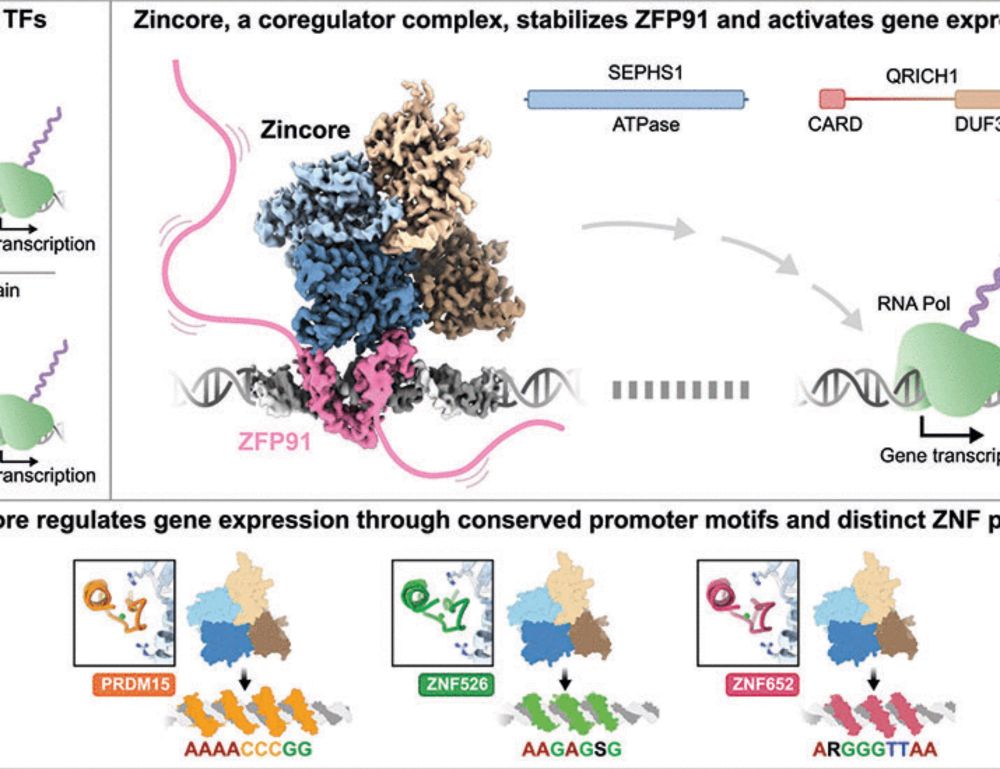
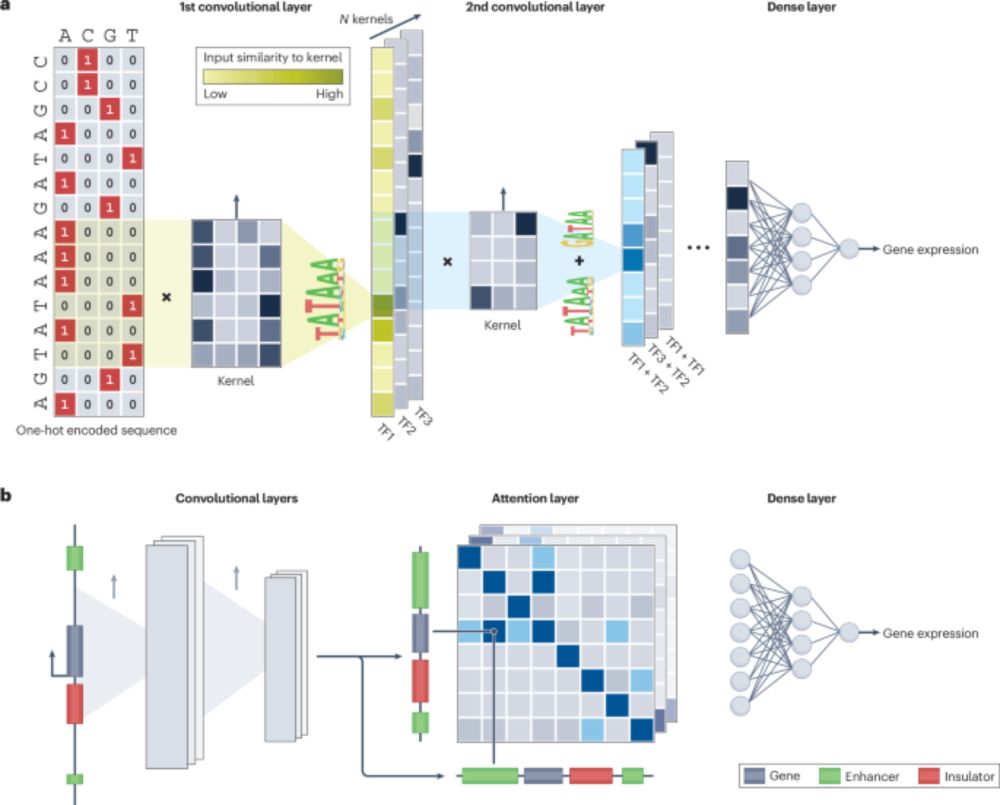


key point: 2/3rds of TF isos differ in properties like DNA binding & transcriptional activity
many are "negative regulators" & misexpressed in cancer
www.sciencedirect.com/science/arti...
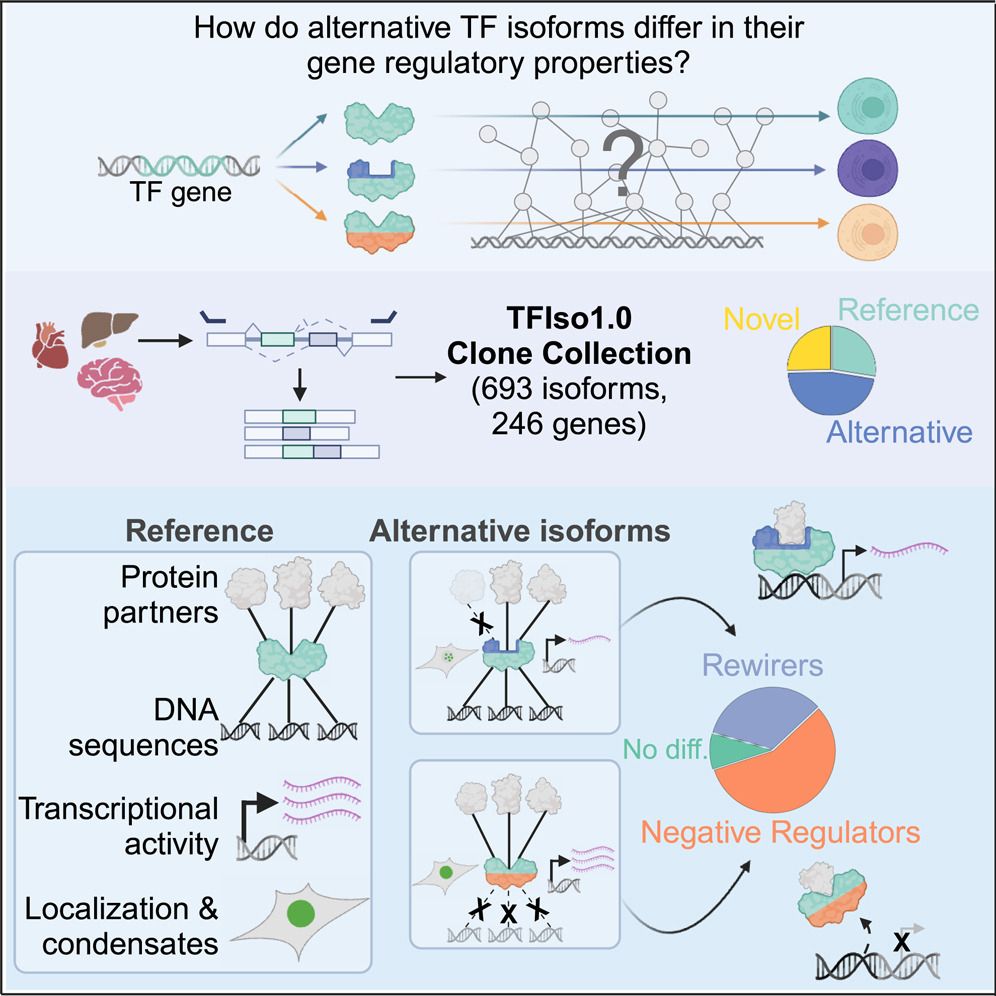
key point: 2/3rds of TF isos differ in properties like DNA binding & transcriptional activity
many are "negative regulators" & misexpressed in cancer
www.sciencedirect.com/science/arti...




Book the dates and register soon!!!
meetings.embo.org/event/25-enh...

Book the dates and register soon!!!
meetings.embo.org/event/25-enh...
authors.elsevier.com/a/1kWzdL7PXu...
www.cell.com/cell/fulltex...

authors.elsevier.com/a/1kWzdL7PXu...
www.cell.com/cell/fulltex...
It’s available on Amazon: tinyurl.com/mx2hewen
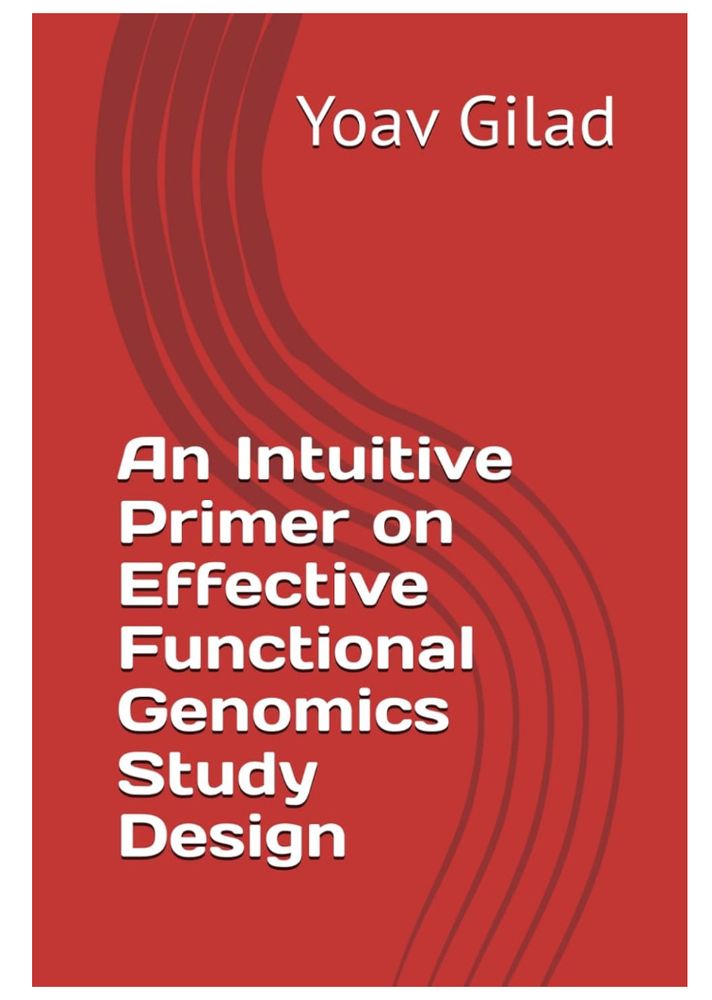
It’s available on Amazon: tinyurl.com/mx2hewen
Your insights make a difference!

Your insights make a difference!
The ENCODE 4 expanded registry of regulatory elements
- 2.35M 🧍 human cCREs
- 927k 🐭 mouse cCREs
www.biorxiv.org/content/10.1...
Led by @moorejille.bsky.social, this preprint summarizes data and analyses generated by hundreds of contributors across ENCODE 4
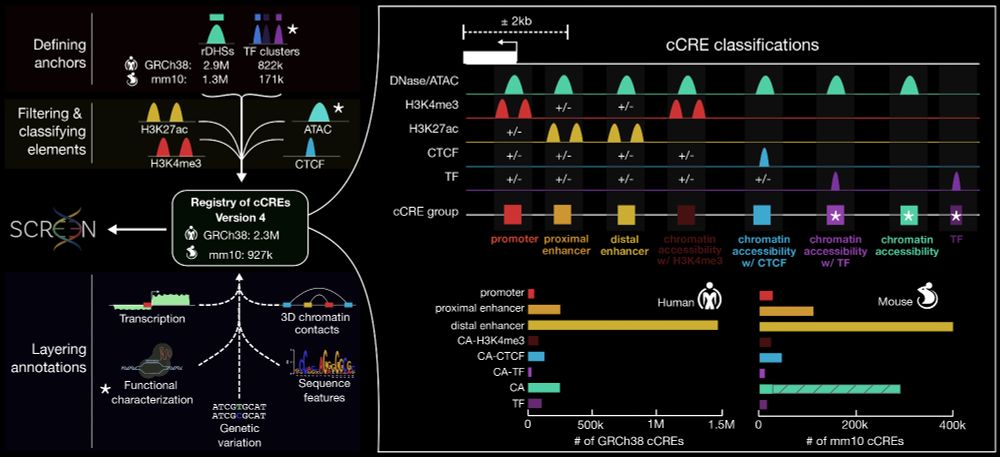
The ENCODE 4 expanded registry of regulatory elements
- 2.35M 🧍 human cCREs
- 927k 🐭 mouse cCREs
www.biorxiv.org/content/10.1...
Led by @moorejille.bsky.social, this preprint summarizes data and analyses generated by hundreds of contributors across ENCODE 4


And also check out the companion paper from @andersshansen.bsky.social: www.cell.com/molecular-ce...

And also check out the companion paper from @andersshansen.bsky.social: www.cell.com/molecular-ce...
Just out: A genomic evidence board to decode the chaos by mapping enhancer-gene interactions across embryonic mouse tissues
New resource with Miao Yu, Ming Hu, Bing Ren, and more.
www.nature.com/articles/s41...

Just out: A genomic evidence board to decode the chaos by mapping enhancer-gene interactions across embryonic mouse tissues
New resource with Miao Yu, Ming Hu, Bing Ren, and more.
www.nature.com/articles/s41...

